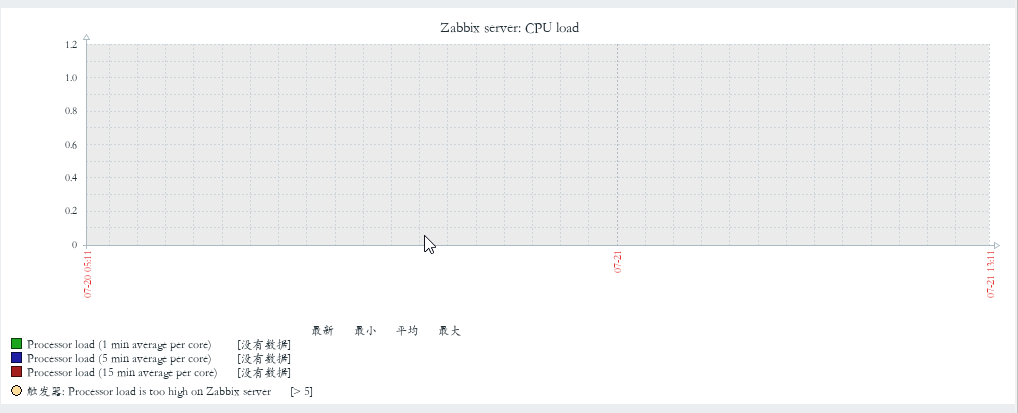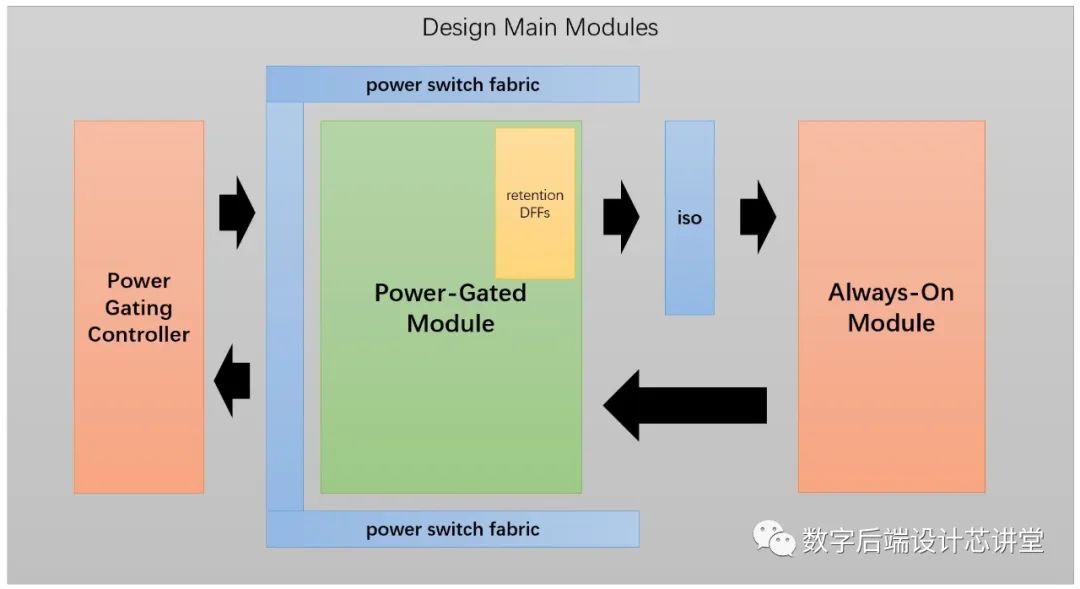I'm having trouble with sending an email using the Gmail SMTP Server in C#. There is plenty of subjects about this matter in StackOverflow, but none of the solutions around there are working with my specifities.
My specificities are :
- App Specific Password generated and very strong password originally
- Double Auth (2 Step Verification) activated and required because of some other app
- "Allow Less Secure Apps" parameter is unavailable from Google's UI
Can someone propose a solution ?
The solution "Disable 2 Step Verification" is not a valid solution are we are looking for a solution that respects main account integrity.
Maybe there is a solution using Google's API or any other config parameter ? I doubt there is a C# oriented solution as 2 Step Verification is intended to provide a more secure account, but isn't the "App Specific Password" a way to bypass the 2 Step Verification for some app ?
I have generated a specific app password : https://security.google.com/settings/security/apppasswords

Less Secure Apps parameter is not available : https://www.google.com/settings/security/lesssecureapps

Here is my code :
public string sendEmailUsingGmail(string email)
{
using (MailMessage mail = new MailMessage("from_account@gmail.com", email)
{
Subject = "Aquaponey today",
Body = "Hello, you are a Unicorn and you will be late for aquaponey today. - God",
IsBodyHtml = true,
Priority = System.Net.Mail.MailPriority.High
})
{
using (SmtpClient smtpClient = new SmtpClient("smtp.gmail.com", 587))
{
smtpClient.Credentials = new System.Net.NetworkCredential()
{
UserName = "my_account@gmail.com",
Password = @"my_specific_app_password"
};
smtpClient.EnableSsl = true;
System.Net.ServicePointManager.ServerCertificateValidationCallback = delegate (object s,
System.Security.Cryptography.X509Certificates.X509Certificate certificate,
System.Security.Cryptography.X509Certificates.X509Chain chain,
System.Net.Security.SslPolicyErrors sslPolicyErrors)
{
return true;
};
smtpClient.Send(mail);
return "OK";
}
}
}
The error returned by my client is :
System.Net.Mail.SmtpException: 5.5.1 Authentication Required. Learn more at
If it's not possible, may be related to How does google recognize a "trusted device" with 2-step verification
I've tried to work with the Google API for mail sending before. My understanding is that you have to establish a login (Which will trigger the two step) which provides you with an open session. And then with that open session you can send the mail. Otherwise most likely the code is timing out while waiting for the second half of the login.
Update: You can use the Server Side Authentication process, this will require a one time sign in from the end user (Which will have to go through the sign in with two factor authentication) and that will provide you with a refresh token that can use to re-connect to the server. The information is located at the Google Developers Docs
Excerpt Below
Implementing Server-Side Authorization
Requests to the Gmail API must be authorized using OAuth 2.0
credentials. You should use server-side flow when your application
needs to access Google APIs on behalf of the user, for example when
the user is offline. This approach requires passing a one-time
authorization code from your client to your server; this code is used
to acquire an access token and refresh tokens for your server.
Below is also the sample python code from the site (I know you're using C#)
Replace CLIENTSECRETS_LOCATION value with the location of your client_secrets.json file.
import logging
from oauth2client.client import flow_from_clientsecrets
from oauth2client.client import FlowExchangeError
from apiclient.discovery import build
# ...
# Path to client_secrets.json which should contain a JSON document such as:
# {
# "web": {
# "client_id": "[[YOUR_CLIENT_ID]]",
# "client_secret": "[[YOUR_CLIENT_SECRET]]",
# "redirect_uris": [],
# "auth_uri": "https://accounts.google.com/o/oauth2/auth",
# "token_uri": "https://accounts.google.com/o/oauth2/token"
# }
# }
CLIENTSECRETS_LOCATION = '<PATH/TO/CLIENT_SECRETS.JSON>'
REDIRECT_URI = '<YOUR_REGISTERED_REDIRECT_URI>'
SCOPES = [
'https://www.googleapis.com/auth/gmail.readonly',
'https://www.googleapis.com/auth/userinfo.email',
'https://www.googleapis.com/auth/userinfo.profile',
# Add other requested scopes.
]
class GetCredentialsException(Exception):
"""Error raised when an error occurred while retrieving credentials.
Attributes:
authorization_url: Authorization URL to redirect the user to in order to
request offline access.
"""
def __init__(self, authorization_url):
"""Construct a GetCredentialsException."""
self.authorization_url = authorization_url
class CodeExchangeException(GetCredentialsException):
"""Error raised when a code exchange has failed."""
class NoRefreshTokenException(GetCredentialsException):
"""Error raised when no refresh token has been found."""
class NoUserIdException(Exception):
"""Error raised when no user ID could be retrieved."""
def get_stored_credentials(user_id):
"""Retrieved stored credentials for the provided user ID.
Args:
user_id: User's ID.
Returns:
Stored oauth2client.client.OAuth2Credentials if found, None otherwise.
Raises:
NotImplemented: This function has not been implemented.
"""
# TODO: Implement this function to work with your database.
# To instantiate an OAuth2Credentials instance from a Json
# representation, use the oauth2client.client.Credentials.new_from_json
# class method.
raise NotImplementedError()
def store_credentials(user_id, credentials):
"""Store OAuth 2.0 credentials in the application's database.
This function stores the provided OAuth 2.0 credentials using the user ID as
key.
Args:
user_id: User's ID.
credentials: OAuth 2.0 credentials to store.
Raises:
NotImplemented: This function has not been implemented.
"""
# TODO: Implement this function to work with your database.
# To retrieve a Json representation of the credentials instance, call the
# credentials.to_json() method.
raise NotImplementedError()
def exchange_code(authorization_code):
"""Exchange an authorization code for OAuth 2.0 credentials.
Args:
authorization_code: Authorization code to exchange for OAuth 2.0
credentials.
Returns:
oauth2client.client.OAuth2Credentials instance.
Raises:
CodeExchangeException: an error occurred.
"""
flow = flow_from_clientsecrets(CLIENTSECRETS_LOCATION, ' '.join(SCOPES))
flow.redirect_uri = REDIRECT_URI
try:
credentials = flow.step2_exchange(authorization_code)
return credentials
except FlowExchangeError, error:
logging.error('An error occurred: %s', error)
raise CodeExchangeException(None)
def get_user_info(credentials):
"""Send a request to the UserInfo API to retrieve the user's information.
Args:
credentials: oauth2client.client.OAuth2Credentials instance to authorize the
request.
Returns:
User information as a dict.
"""
user_info_service = build(
serviceName='oauth2', version='v2',
http=credentials.authorize(httplib2.Http()))
user_info = None
try:
user_info = user_info_service.userinfo().get().execute()
except errors.HttpError, e:
logging.error('An error occurred: %s', e)
if user_info and user_info.get('id'):
return user_info
else:
raise NoUserIdException()
def get_authorization_url(email_address, state):
"""Retrieve the authorization URL.
Args:
email_address: User's e-mail address.
state: State for the authorization URL.
Returns:
Authorization URL to redirect the user to.
"""
flow = flow_from_clientsecrets(CLIENTSECRETS_LOCATION, ' '.join(SCOPES))
flow.params['access_type'] = 'offline'
flow.params['approval_prompt'] = 'force'
flow.params['user_id'] = email_address
flow.params['state'] = state
return flow.step1_get_authorize_url(REDIRECT_URI)
def get_credentials(authorization_code, state):
"""Retrieve credentials using the provided authorization code.
This function exchanges the authorization code for an access token and queries
the UserInfo API to retrieve the user's e-mail address.
If a refresh token has been retrieved along with an access token, it is stored
in the application database using the user's e-mail address as key.
If no refresh token has been retrieved, the function checks in the application
database for one and returns it if found or raises a NoRefreshTokenException
with the authorization URL to redirect the user to.
Args:
authorization_code: Authorization code to use to retrieve an access token.
state: State to set to the authorization URL in case of error.
Returns:
oauth2client.client.OAuth2Credentials instance containing an access and
refresh token.
Raises:
CodeExchangeError: Could not exchange the authorization code.
NoRefreshTokenException: No refresh token could be retrieved from the
available sources.
"""
email_address = ''
try:
credentials = exchange_code(authorization_code)
user_info = get_user_info(credentials)
email_address = user_info.get('email')
user_id = user_info.get('id')
if credentials.refresh_token is not None:
store_credentials(user_id, credentials)
return credentials
else:
credentials = get_stored_credentials(user_id)
if credentials and credentials.refresh_token is not None:
return credentials
except CodeExchangeException, error:
logging.error('An error occurred during code exchange.')
# Drive apps should try to retrieve the user and credentials for the current
# session.
# If none is available, redirect the user to the authorization URL.
error.authorization_url = get_authorization_url(email_address, state)
raise error
except NoUserIdException:
logging.error('No user ID could be retrieved.')
# No refresh token has been retrieved.
authorization_url = get_authorization_url(email_address, state)
raise NoRefreshTokenException(authorization_url)







